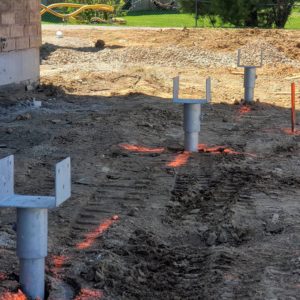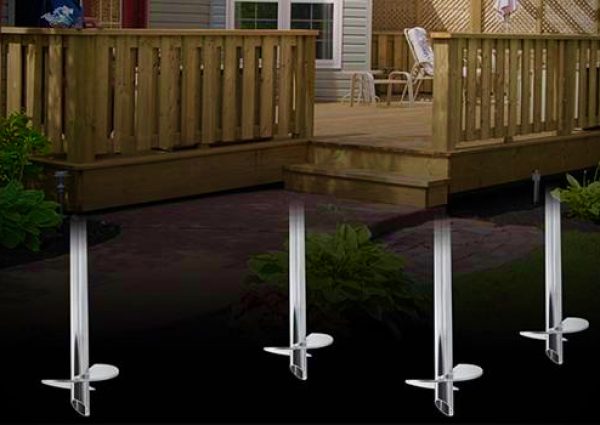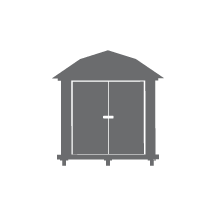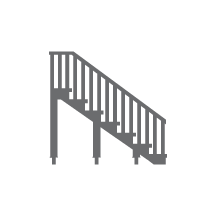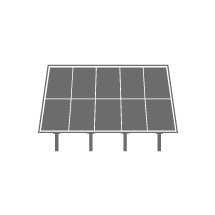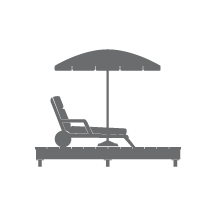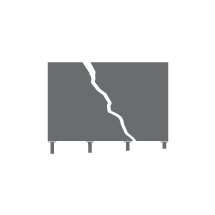Failed Sonotube equals Helical Pier Solution #construction #brainerdlakesarea #helicalpiers
Lakes Area Helical Piers March 21, 2024 6:37 pm
Lakes Area Helical Piers
Lakes Area Helical Piers February 8, 2024 2:52 pm
Lakes Area Helical Pier Installation
Lakes Area Helical Piers September 8, 2023 2:58 pm
Lakes Area Helical Piers Perfect for Tight Spaces
Lakes Area Helical Piers September 8, 2023 11:03 am
Helical Piers on Land or Lake
Lakes Area Helical Piers August 29, 2023 2:52 pm
Lakes Area Helical Piers Installation
Lakes Area Helical Piers August 2, 2023 11:48 pm
What are Helical Piers?
A helical pier is a specialized steel pier, or pile, that contains helices, just like screws. The installation process involves driving them into the ground using a hydraulic system and they are perfect for Minnesota’s seasons.
Unlike concrete foundations, helical piers are typically installed to depths below the frost line to help ensure that the foundation remains stable and unaffected by seasonal frost heaves.
Helical Piers have many distinct advantages over traditional foundations.
BENEFITS OF HELICAL PIERS
The key function of helical piers is to transfer the weight of the structure to deeper, more stable soils that can better bear the load.
Helical Piers provide additional anchorage and resistance to vertical and horizontal forces, making them an effective solution for foundation support.
No Excavation
Required
Helical piers can be installed quickly and efficiently without the need for extensive excavation, which can save time, money, and minimize disruption to the surrounding environment.
Weather Resistant
Helical Piers are made of galvanized steel, are typically installed below the frost line and are highly resistant to weathering and corrosion, which makes them ideal for use in harsh environments.
Easy to Install
Helical Piers can be installed using simple equipment and techniques, which can save time and reduce labor costs.
Load-Bearing Capacity
Helical Piers are designed to bear heavy loads and provide stable support for structures of all types.
Extremely Versitle
Helical Piers can be installed in a wide variety of soil conditions, including soft or rocky soils, and can be adapted to suit the needs of specific projects. They are also easy to modify or remove if needed.
Eco-Friendly Product
Helical Piers are an environmentally friendly alternative to traditional foundation designs such as concrete, as they require less excavation and can be re-used or recycled if necessary.
Helical Pier Applications
There Are Many Uses For Helical Piers
Helical Piers are extremely versitle and can be utilized on all types of projects. The flexibility to install them in any soil condition or climate can extend your work season and allows you to complete more jobs, faster and more efficiently.
From the foundations of a deck, a 4-season add-on, a boardwalk, a solar panel, carport, staircase, balcony… the uses of helical piers are virtually unlimited! Whatever the structure you need to support, Lakes Area Helical Piers will be there to support it.
Frequently Asked Questions
The Helical Pier invented by Irish engineer Alexander Mitchell. It was first used as a foundation system for river moorings for ships and lighthouses in the 1830’s. 1838 was the first use in the U.S. with the construction of Brandywine Shoal lighthouse in Delaware Bay.
Nothing. They are all one in the same.
Helical Piers have numerous advantages over sontotubes. They don’t require digging a big, messy hole in the yard; they are weather resistant, easy to install, have greater load bearing capacities and can be built on right after installation, speeding up the building process.
Lakes Area Helical Piers offers installation equipment that attaches to a walk-behind Bobcat with a hydraulic installation head unit.
Many factors determine the life expectancy of a Helical Pier. Lakes Area Helical Piers installs galvanized piers to help prevent rusting but the varying soil conditions can affect the life expectancy. 75-150 years is a general estimation in normal soil conditions.
Helical Piers must be designed to provide adequate support based upon the design loads required for the specific job. Required load bearing depths greatly depend on both the design load as well as the soil profile at the building site.
The key function of helical piers is to transfer the weight of the structure to deeper, more stable soils that can bear the load. The helices on the piers provide additional anchorage and resistance to vertical and horizontal forces, making them an effective solution for foundation support. Required load bearing depths greatly depend on both the design load as well as the soil profile at the building site.
